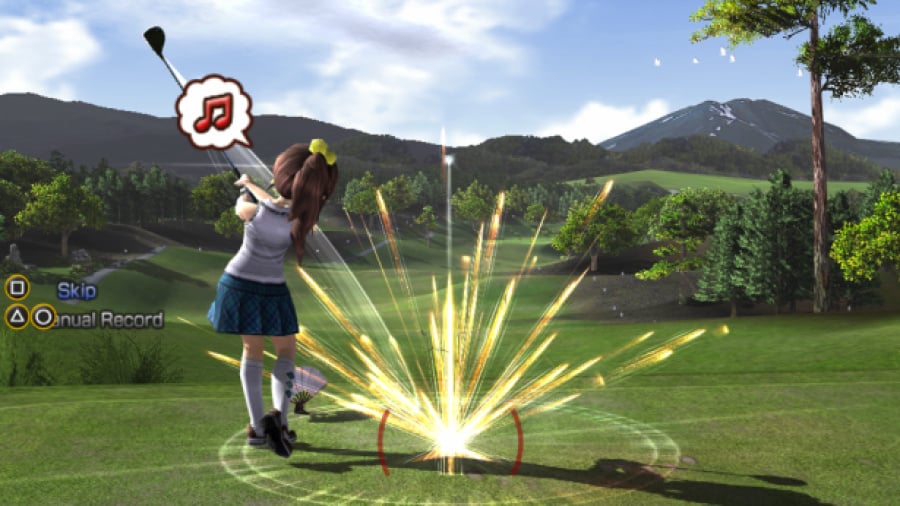

8 Rapidly advancing periodontitis allows pathogenic microbiota to invade, colonize, and harden. These defects may be pervasive and may be formed by persistent occlusal trauma or orthodontic treatment. Light root planing with a curette or ultrasonic scaler is sufficient for removal. The underside of calculus has depressions that fit over the mounds, providing minimal retention (figure 3). These sessile elevations on the surface of cementum are the former insertion sites of the collagen fibrils of the periodontal ligament. There are three types of calculus attachment to the root surface exposed by progressive periodontitis: Subgingival calculus removal: A challenging situation This contradicts the belief of many clinicians that simply extracting teeth with periodontitis involvement and placing implants can substitute for the establishment of prolonged periodontal health of the entire dentition. Partially edentulous patients with a history of moderate-to-severe periodontitis have more peri-implant bone loss than those with a history of periodontal health. 6 All these sites may contribute to the pathogenic microbial flora associated with peri-implantitis in patients with poorly controlled periodontal disease. In addition to pathogenic bacteria living within and on the surface of retained calculus, other places where they can reside are the lamina propria of the pocket wall, the epithelium of the buccal mucosa, the dorsum of the tongue, tonsillar crypts, and saliva. Periodontal pathogens, such as Porphyromonas gingivalis, are capable of reaching the bloodstream through the ulcerated pocket wall and have been found in the brains of patients with Alzheimer’s and in coronary atheromatous plaques. The bacteria within the calculus have the potential to release potent toxins into the tissues, inciting inflammation and causing the disease to progress. Multiple studies in the literature show a relationship between subgingival calculus, inflammation, and microulcerations in the adjacent soft-tissue wall of the periodontal pocket. This pool of pathogens can be an additional source of pathogens for the recurrence of inadequately treated periodontitis (figure 2). 4 Scanning electron microscopy has revealed that organisms of a dysbiotic biofilm can invade intact cementum through microchannels. Therefore, post-treatment retained calculus is related to the perpetuation of periodontal disease. High-powered transmission electron microscopic assay has revealed calculus to be a porous mineralized structure-like a dry sponge-allowing viable periodontal pathogens to live within and on the surface of its framework. The critical question is: can a root surface with retained calculus be compatible with health? This, for some, is the removal of loosely attached biofilm and endotoxins, and some calculus. Nevertheless, over the past several years, for a variety of reasons, clinicians, educators, and state board examiners have diminished the significance of complete calculus removal in favor of establishing a “biocompatible root surface” to achieve periodontal health. 3įor decades, the beneficial effect of calculus removal on the resolution of inflammation has been well-known. Calculus will often remain depending on the pocket depth, root anatomy, furcation involvement, mode of attachment, the time spent in removal, and the operator’s skill and experience (figure 1). Scaling and root planing is very effective in reducing clinical inflammation and probing depths when the subgingival calculus is removed. Achievement of long-term treatment success requires a combination of definitive root surface debridement, appropriate periodontal maintenance therapy, patient compliance, and devotion to excellent oral hygiene. Progressive periodontal bone loss and its associated deleterious systemic effects are the result of inflammation that occurs when a pathogenic subgingival biofilm interacts with the host’s immune system. 2 In fact, when evaluating tooth loss due solely to periodontal disease, patients with chronic periodontal disease were 10 times more likely to keep their natural teeth versus teeth that were replaced with dental implants.

A recent study reported that dental implant failures are five times more likely in patients with recurrent periodontal disease than in those who are stable after treatment. 1 Incomplete scaling and root planing, with fractured subgingival calculus, is responsible for much recurrent periodontal disease, and this impacts dental implant success rates. The reported incidence of abutment screw fracture is slightly less than 1%.


 0 kommentar(er)
0 kommentar(er)
